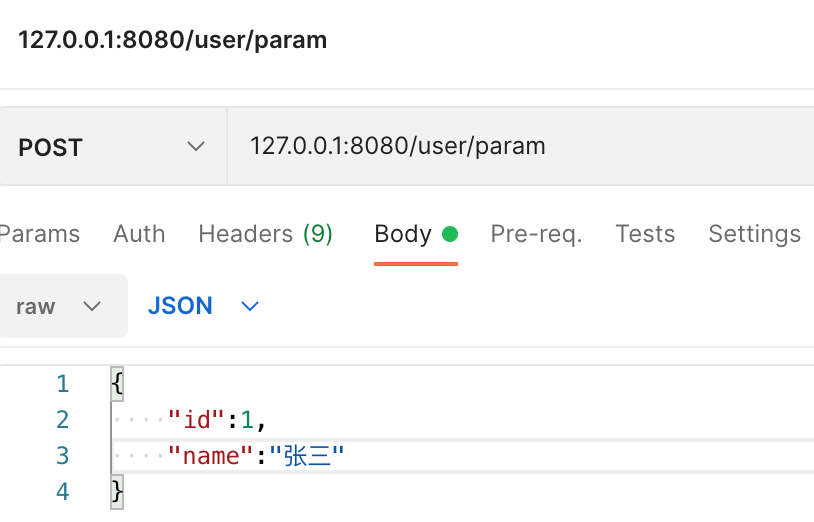您好,登錄后才能下訂單哦!
您好,登錄后才能下訂單哦!
這篇文章主要介紹了springboot通過spel結合aop實現動態傳參的方法的相關知識,內容詳細易懂,操作簡單快捷,具有一定借鑒價值,相信大家閱讀完這篇springboot通過spel結合aop實現動態傳參的方法文章都會有所收獲,下面我們一起來看看吧。
正式擼代碼之前, 先了解下SpEl (Spring Expression Language) 表達式, 這是Spring框架中的一個利器.
Spring通過SpEl能在運行時構建復雜表達式、存取對象屬性、對象方法調用等等.
舉個簡單的例子方便理解, 如下
//定義了一個表達式 String expressionStr = "1+1"; ExpressionParser parser = new SpelExpressionParser(); Expression expression = parser.parseExpression(expressionStr); Integer val = expression.getValue(Integer.class); System.out.println(expressionStr + "的結果是:" + val);
通過以上案例, 不難理解, 所謂的SpEl, 本質上其實就是解析表達式,.
關于SpEl表達式感興趣的可以自行查閱資料, 本篇不做細致的討論.
簡單了解了SpEl表達式, 那么接下來我們就直接開始擼代碼.
先引入必要的pom依賴, 其實只有aop依賴, SpEl本身就被Spring支持, 所以無需額外引入.
<dependency> <groupId>org.springframework.boot</groupId> <artifactId>spring-boot-starter-aop</artifactId> </dependency>
定義一個SpEl的工具類SpelUtil
public class SpelUtil {
/**
* 用于SpEL表達式解析.
*/
private static final SpelExpressionParser parser = new SpelExpressionParser();
/**
* 用于獲取方法參數定義名字.
*/
private static final DefaultParameterNameDiscoverer nameDiscoverer = new DefaultParameterNameDiscoverer();
/**
* 解析SpEL表達式
*
* @param spELStr
* @param joinPoint
* @return
*/
public static String generateKeyBySpEL(String spELStr, ProceedingJoinPoint joinPoint) {
// 通過joinPoint獲取被注解方法
MethodSignature methodSignature = (MethodSignature) joinPoint.getSignature();
Method method = methodSignature.getMethod();
// 使用Spring的DefaultParameterNameDiscoverer獲取方法形參名數組
String[] paramNames = nameDiscoverer.getParameterNames(method);
// 解析過后的Spring表達式對象
Expression expression = parser.parseExpression(spELStr);
// Spring的表達式上下文對象
EvaluationContext context = new StandardEvaluationContext();
// 通過joinPoint獲取被注解方法的形參
Object[] args = joinPoint.getArgs();
// 給上下文賦值
for (int i = 0; i < args.length; i++) {
context.setVariable(paramNames[i], args[i]);
}
// 表達式從上下文中計算出實際參數值
/*如:
@annotation(key="#user.name")
method(User user)
那么就可以解析出方法形參的某屬性值,return “xiaoming”;
*/
return expression.getValue(context).toString();
}
}定義一個帶參注解SpelGetParm
@Target({ElementType.METHOD, ElementType.TYPE})
@Retention(RetentionPolicy.RUNTIME)
public @interface SpelGetParm {
String parm() default "";
}定義帶參注解SpelGetParmAop
@Aspect
@Slf4j
@Component
public class SpelGetParmAop {
@PostConstruct
public void init() {
log.info("SpelGetParm init ......");
}
/**
* 攔截加了SpelGetParm注解的方法請求
*
* @param joinPoint
* @param spelGetParm
* @return
* @throws Throwable
*/
@Around("@annotation(spelGetParm)")
public Object beforeInvoce(ProceedingJoinPoint joinPoint, SpelGetParm spelGetParm) throws Throwable {
Object result = null;
// 方法名
String methodName = joinPoint.getSignature().getName();
//獲取動態參數
String parm = SpelUtil.generateKeyBySpEL(spelGetParm.parm(), joinPoint);
log.info("spel獲取動態aop參數: {}", parm);
try {
log.info("執行目標方法: {} ==>>開始......", methodName);
result = joinPoint.proceed();
log.info("執行目標方法: {} ==>>結束......", methodName);
// 返回通知
log.info("目標方法 " + methodName + " 執行結果 " + result);
} finally {
}
// 后置通知
log.info("目標方法 " + methodName + " 結束");
return result;
}以上已經基本實現了案例的核心功能, 接下來我們使用該注解即可
定義一個實體User
@Getter
@Setter
@NoArgsConstructor
@JsonSerialize
@JsonInclude(Include.NON_NULL)
public class User implements Serializable {
private static final long serialVersionUID = -7229987827039544092L;
private String name;
private Long id;
}我們在UserController直接使用該帶參注解即可
@CrossOrigin
@RestController
@RequestMapping("/user")
public class UserController {
@PostMapping("/param")
@SpelGetParm(parm = "#user.name")
public R repeat(@RequestBody User user) {
return R.success(user);
}
}最后請求


可以看出, 切面成功獲取到了實體的name值“張三”.
關于“springboot通過spel結合aop實現動態傳參的方法”這篇文章的內容就介紹到這里,感謝各位的閱讀!相信大家對“springboot通過spel結合aop實現動態傳參的方法”知識都有一定的了解,大家如果還想學習更多知識,歡迎關注億速云行業資訊頻道。
免責聲明:本站發布的內容(圖片、視頻和文字)以原創、轉載和分享為主,文章觀點不代表本網站立場,如果涉及侵權請聯系站長郵箱:is@yisu.com進行舉報,并提供相關證據,一經查實,將立刻刪除涉嫌侵權內容。